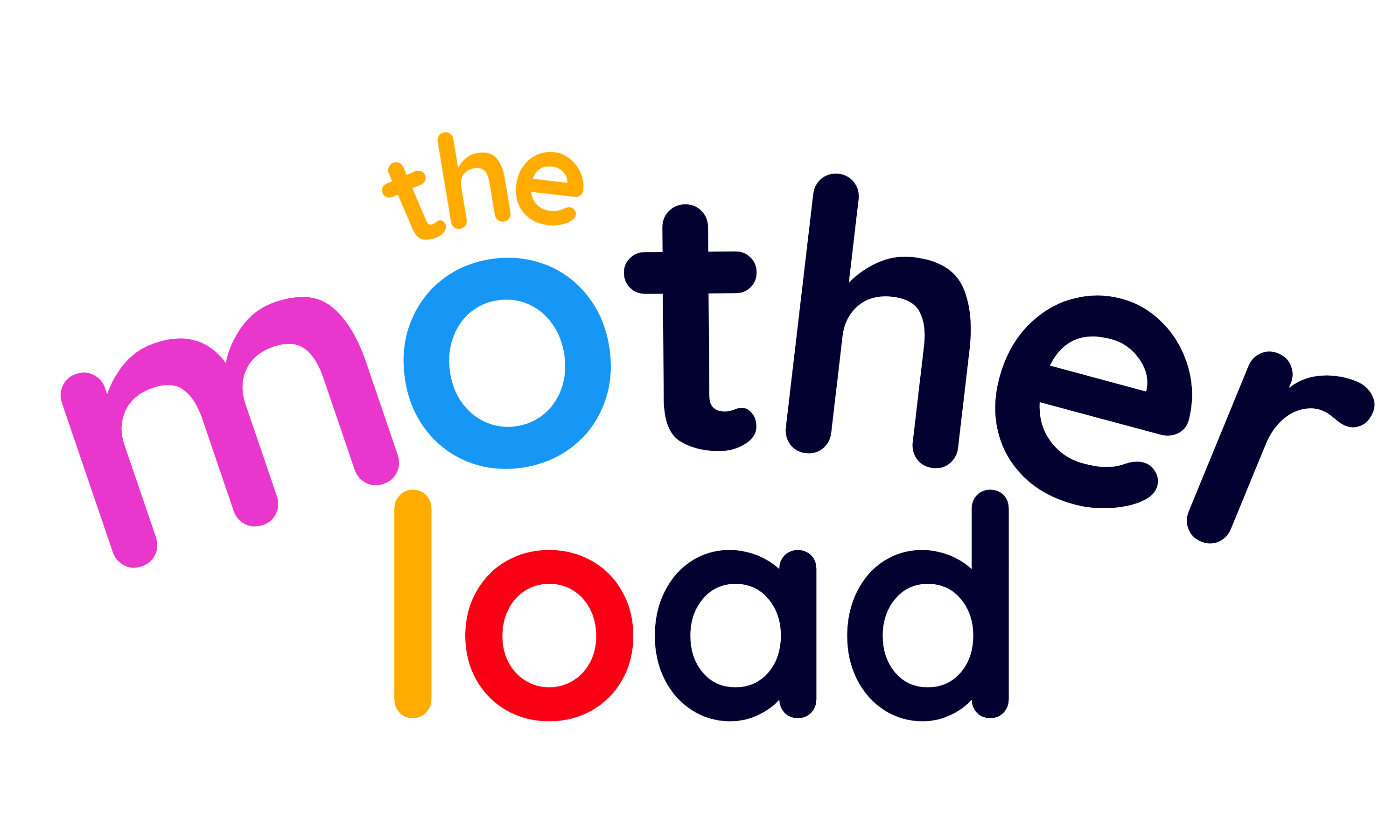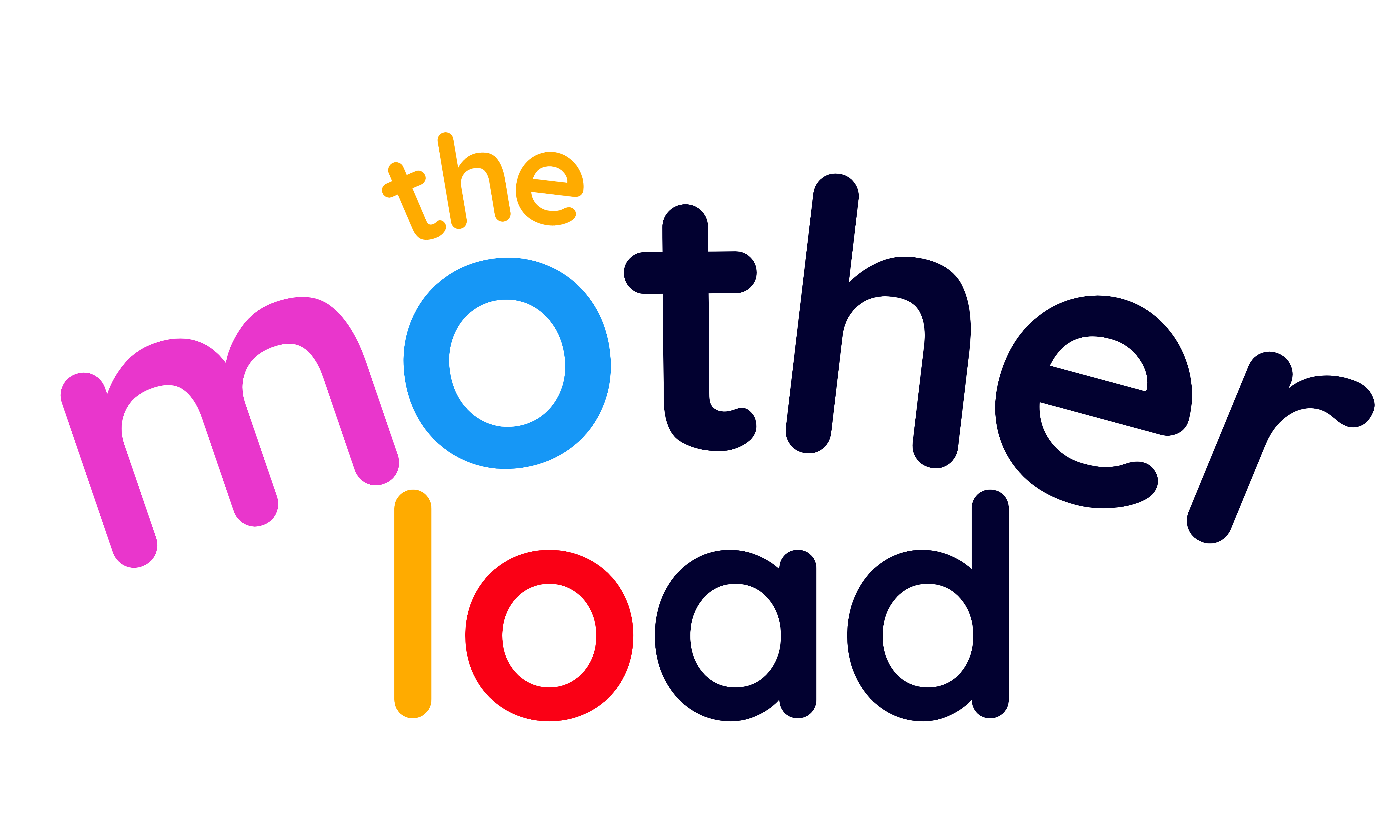The day you find out your child has a food allergy is going to change your life. Allergies are almost dismissed by some as being trivial, but the sheer fact of the matter is food is integral to not only sustain our life, but also to take part in society! Soft play, parties, nursery, school, your child could potentially come into contact with their allergens almost everywhere they go, and that’s without even considering their need to eat three meals a day.
But despite how overwhelming that first day might be, and despite feeling you’ve now been plunged into a whole new way of parenting you may not have been prepared for, it will become your new way of life and avoiding their triggers will become automatic for you.
Find your clan:
There are loads of groups out there catering specifically to allergies (including those focusing on specific conditions like CMPA, FPIES or Coeliac disease). Finding fellow parents to share progress, frustrations, recipes and safe food ideas with can be so helpful, especially if you don’t know anyone in ‘real life’ with the allergy your child has.
It’s also worth checking out the Anaphylaxis Campaign if you’re at risk, and the Natasha Allergy Research Foundation is a fantastic source of information and support set up by the parents of Natasha Ednan-Laperouse who tragically died after eating a Pret baguette containing sesame, which she was highly allergic too. Charities such as Allergy UK and Action Against Allergy are also helpful research. There are also some amazing Instagram accounts, either run by parents or by health professionals: @the_gp_mum, @freefromfarm, and the Food Allergy Series from @tinytotsnutrition are all fab.
Learn as much as you can:
It probably sounds obvious, but getting to grips with terms like IGE and non-IGE, understanding what causes an allergic reaction, knowing what ‘may contain’ actually means, can all be hugely helpful not only for you to get your head round the diagnosis – but to explain it to others too.
(As a quick guide, an IGE reaction is the more ‘typical’ one you may think of – swelling to the face, rash, possible anaphylaxis, while a non-IGE is a delayed reaction which can occur hours or even days later. The former can be tested for using a skin prick test, while the latter can only be determined through elimination and subsequent reintroduction of the allergen. ‘May contain’ labels mean the allergen is not a deliberate ingredient in the product, but the food could have been contaminated – normally because other foods containing that allergen are made in the same factory.)
Avoid free from if you can:
Free from aisles are growing both in popularity and size in UK stores, which is amazing, but – depending on which allergies your child has – you might find you can largely avoid them while shopping (and save yourself a lot of £ in the process!). For example, free from jam tarts are fantastic if little one has a gluten allergy, but ‘regular’ jam tarts are about a fifth of the price and some varieties are absolutely fine for those with dairy allergies, unlike the vast majority of items in the cake aisle. At first, visits to the supermarket will take an inordinate amount of time, but it does get quicker and easier. And this is where being part of some online allergy communities can be invaluable for suggestions of safe foods.
(In the case of dairy allergies, there are loads of ‘accidentally vegan’ products which don’t contain milk – they’re especially helpful for finding treats for little one, or yourself if you’re breastfeeding, including Oreos and chocolate bourbons.)
Stay strong:
Being ‘that’ person is tiring: asking a million questions about cross contamination possibilities at the bakery, hovering over your child at a birthday party to try and ensure they don’t touch any of the really delicious and tempting options that would cause them to be rushed to A&E, picking up other children’s discarded food from the floor wherever you go, and constantly having to be two steps ahead so your child always has something to eat wherever you go.
Planning and serving meals is exhausting – even more so if you have multiple severe allergies to contend with – and going out to eat (and placing that trust in a stranger that they’ll keep your child safe) is a constant worry. You’ll have your heart in your mouth watching for symptoms and signs of reactions. It’s a weight on your shoulders to know that you are responsible for every single thing your child places into their mouth, or even touches, and one slip up could lead to a hospital visit or worse.
Sadly, there are many out there who don’t understand allergies and might think you’re just being an overprotective parent, or might offer your child food thinking a little bit won’t hurt. Equally, there are people who just won’t think to check about allergies before handing out food at a party, for example. That’s why being armed with all the facts and constantly advocating for your child is one of the key parts of allergy parenting. Stay strong in your convictions, set boundaries, if you don’t feel safe with your little one being looked after by a certain person or even at a particular nursery or school, then you’re well within your rights to query and remove them from the situation if you need to.
Parenting is hard. Parenting a child with allergies is an extra complication no one wants. But it can be done, and it does get easier – I promise.



No comments yet. Be the first one to leave a thought.